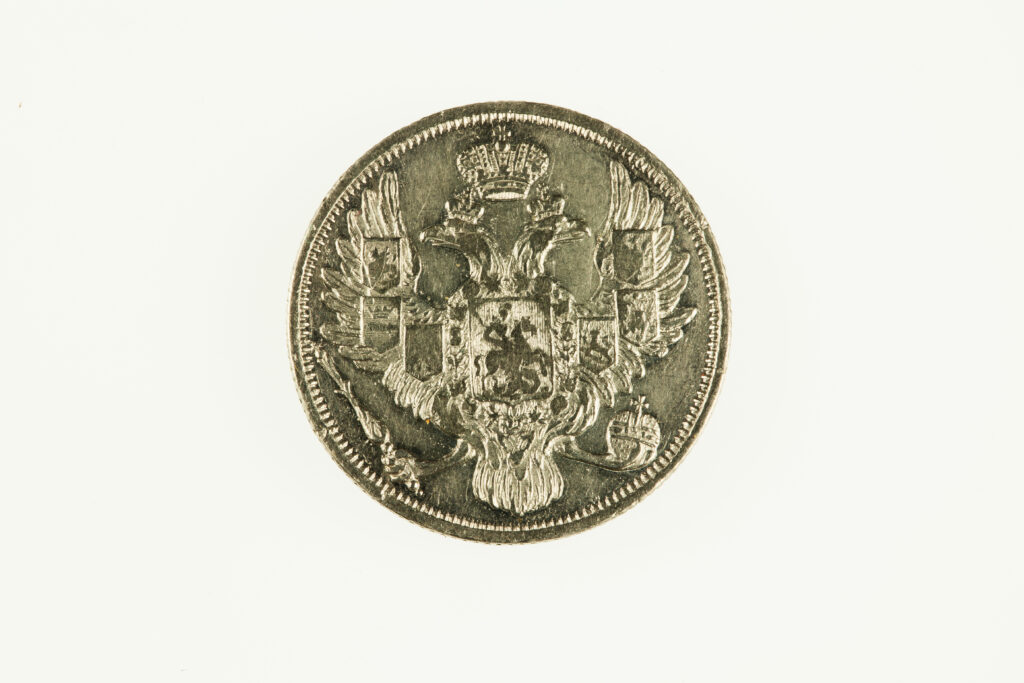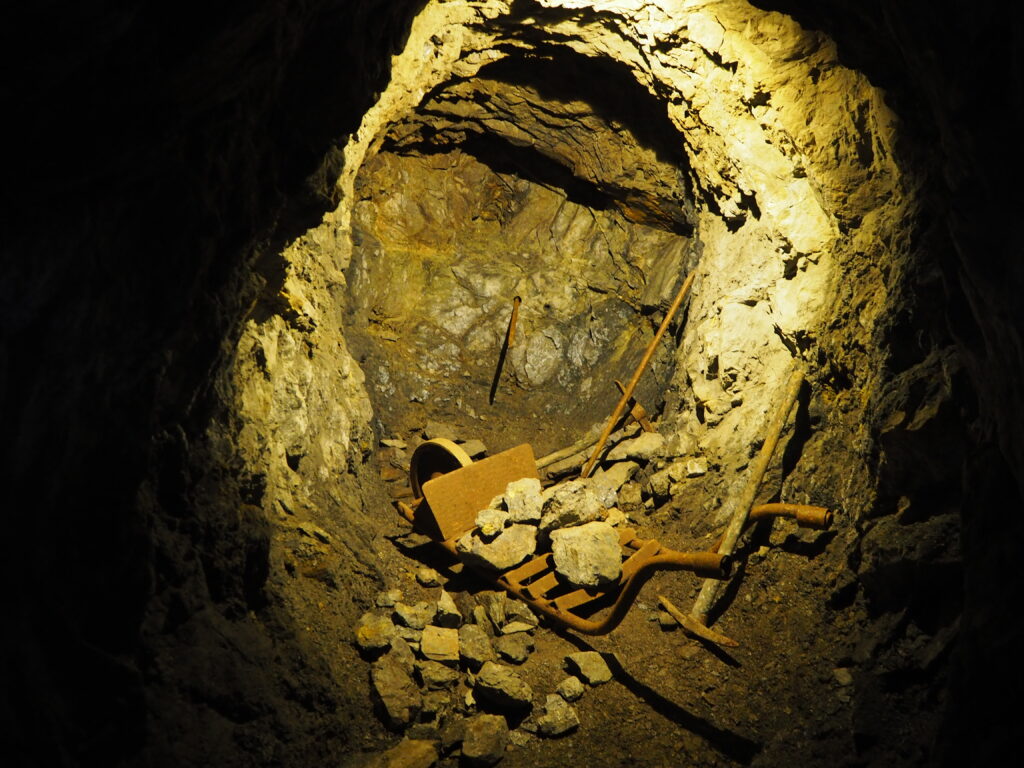The significance of the precious metal premium
Additional information > The fundamentals of precious metals – a broad introduction to the basic principles > The precious metal premium and what it means
What is the difference between: spread, buying price and selling price?
The basic price of precious metal coins or bars is determined by prevailing market rates, the so-called spot price. However, prices offered by specialist retailers are usually slightly higher than this market value. This is because of the premium or trading margin. Bars usually attract a lower price premium than coins. When comparing different offers, it is helpful to convert the premium into a percentage.
Anyone purchasing physical gold or silver investment products will often encounter premium tables or a surcharge summary on investment comparison portals or in a specialist retailer’s online shop presence. This information helps investors filter out the cheapest offers. Such lists are primarily aimed at investors who are purely interested in precious metal investments rather than the purchase of specific items. The price surcharge for gold or silver is usually expressed as a percentage and based on the respective price per gram. This facilitates and optimises the comparison of individual offers – regardless of whether they consist of bars or coins, and irrespective of the denominations and total weights involved.
What is a premium?
In coinage trading, the difference between the precious metal price and the actual selling price is termed the premium. This comprises various factors. The starting point is generally the market price of gold or silver, negotiated daily on international stock exchanges. Here, the spot price refers to one troy ounce, which weighs around 31.103 grams. The price for each respective precious metal is initially quoted in US dollars. This is subsequently converted into all national currencies at the current exchange rate. Official precious metal prices are then quoted for example in Swiss francs, euros or GB pounds.

© peterschreiber.media - stock.adobe.com
However, these prices represent only the pure metal value, to which the production costs must also be added. All coins must be minted, while bars can be minted or cast – usually according to their size. In addition, there can be transport costs, storage costs, maintenance expenses for stores and commercial premises, plus ancillary costs. Last but not least, the specialist retailer’s profit margin must be factored in. All of these elements contribute to the resultant surcharge and thus determine the net selling price.
Does the premium include VAT?
VAT is not part of the net price, and is therefore not part of the premium. But when buying bars or coins, you must also differentiate between the different precious metals in order to understand the full picture. With a few exceptions, gold investments are exempt from VAT. For instance, bullion gold is always considered a pure investment purchase. However, gold jewellery and watches are not included in this exemption, so their purchase is subject to VAT.
For the industrial metals – silver, platinum and palladium – VAT must be added regardless of the end product. In Switzerland, the VAT rate is now 8.1%, while the rate is significantly higher in other European countries where it can be as much as 25%. However, one exception applies to bars or coins made from these white metals: Provided they are stored in a duty-free warehouse immediately after purchase, and provided the investment goods do not leave this interim storage facility, then no VAT is due. You can find out more about ex-VAT storage of silver here.
What’s the difference between premium and spread?
In technical usage, the term premium is usually synonymous with the term “spread”. Yet strictly speaking, there are some differences. Specialist retailers generally quote two different trading prices for products in their bricks-and-mortar stores and online shops. The lower price applies to customers who own the specific product and wish to sell it. This is termed the dealer purchase price, and references the current market price of the respective precious metal and its trading range. The trader’s profit here is often referred to as the ‘discount’.
The other price is the sale price (including a premium) that investors have to pay if they wish to purchase the product. The difference between the dealer buying price and the selling price is called the spread. This is effectively the short form of the stock market term “bid-ask spread”. Its monetary value can be quoted in local currency or as a percentage. One important thing all prospective investors should know is: the higher the weight of a bar or coin, the lower the percentage spread. This benefits investors because it naturally results in a more attractive purchase price.
So isn’t the spread thus synonymous with the precious metal trader’s profit margin? In most cases, the answer is no. This would only be true if the specialist retailer purchased goods exclusively from customers. However, customer purchases of bars or coins generally represent no more than 10-15% of a trader’s business. Dealers purchase most of their goods directly from the manufacturers or via wholesalers, and the corresponding premiums apply.

© Dmitry - stock.adobe.com
Why is the premium higher on coins than on bars?
The minting process used for the production of coins and coin bars is much more complex than the casting method used to manufacture most bars. This results in a higher premium for coins compared to bars. In addition, the production costs for smaller weight units are proportionately higher in relation to their material value: the surcharge for small denomination coins (e.g. 1/20 or 1/10 ounce) and small gram bars (1 or 10 grams) is therefore higher than the surcharge on larger units.
Here is an overview:
- Bars of identical fine weight attract lower premiums than coins.
- The heavier the coin or bar, the lower its respective premium percentage.
- Conversely, the lighter the coin or bar, the higher its premium percentage.
- Depending on the precise year and circulation volume, these factors may cause certain coins to be classified as rarities, which can further influence the premium on such coins.
Premiums on precious metals – a summary
- The difference between the market price of gold or silver and the selling price of these precious metals is called the premium.
- The premium comprises the manufacturing and transport costs, the storage costs, plus the dealer’s additional costs and profit margin. However, this surcharge does not include VAT.
- The difference between the dealer's buying and selling prices is called the spread.
- Due to the greater production effort involved, premiums for coins are generally higher than for bars.









